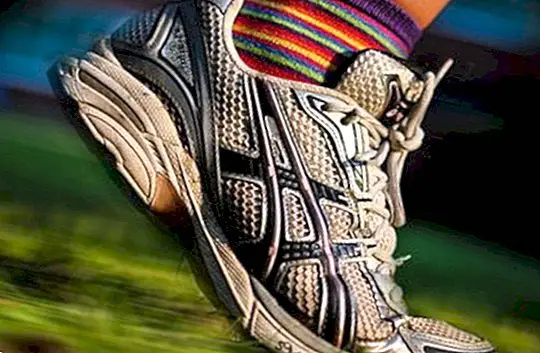Effects of heat on injuries
In a previous article we knew when to apply heat in an injury, given that depending on the type of injury that has been suffered and, above all, the time elapsed since it occurred, the application of heat may correspond, or however it would be more advisable to apply cold.
After a lesion is produced it is common that a hemorrhage appears, that quickly tends to extend towards the interior of the different tissues, which later releases a series of substances that trigger the inflammatory process, finally causing inflammation and pain. A blow, a twist, a sprain, a contracture ... and even a muscle and / or joint injury can occur when we run or practice some other physical exercise.

In the particular case of heat application, it is adequate when 48 hours have passed after the injury has occurred; or in case of chronic complaints, such as cervical pain, rheumatic pain, osteoarthritis and arthritis.
Its effects not only on the injury but on the adjacent areas are clear:
- It acts as an anti-inflammatory: that is, on inflamed areas.
- It helps and promotes healing.
- It favors tissue repair by increasing the supply of oxygen and nutrients.
- Analgesic: decreases pain sensitivity, acting as an analgesic.
- Increase in blood and lymphatic circulation.
- Increases the flexibility and elasticity of the connective tissue, decreasing joint stiffness.
The application of heat, on the other hand, also helps positively to avoid the risk of injury, by increasing the elasticity of the muscles. In fact, the tissues, when heated, yield much more easily to stretch, while decreasing muscle spasm producing a relaxation of smooth and striated muscles.
Image | Francois Peeters TopicsExercise Sports injuries


